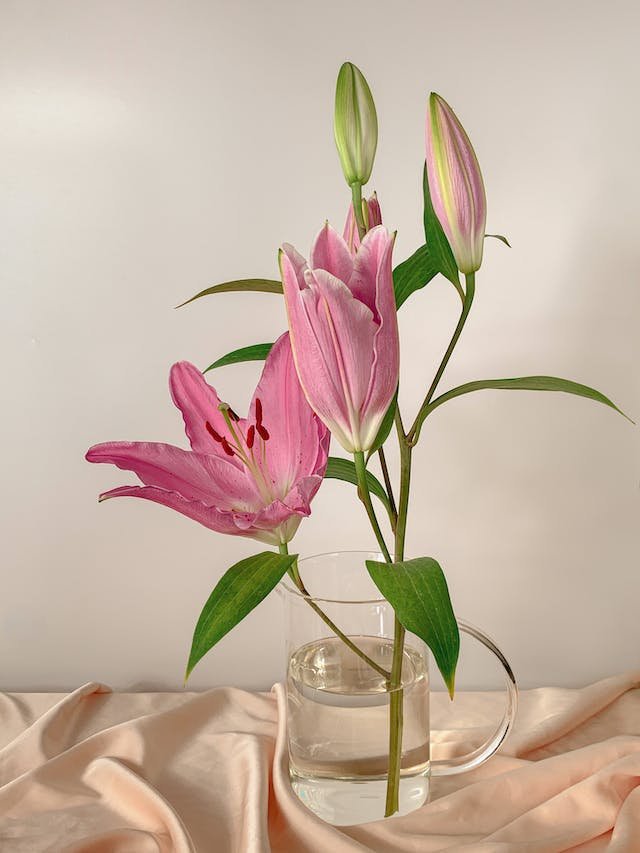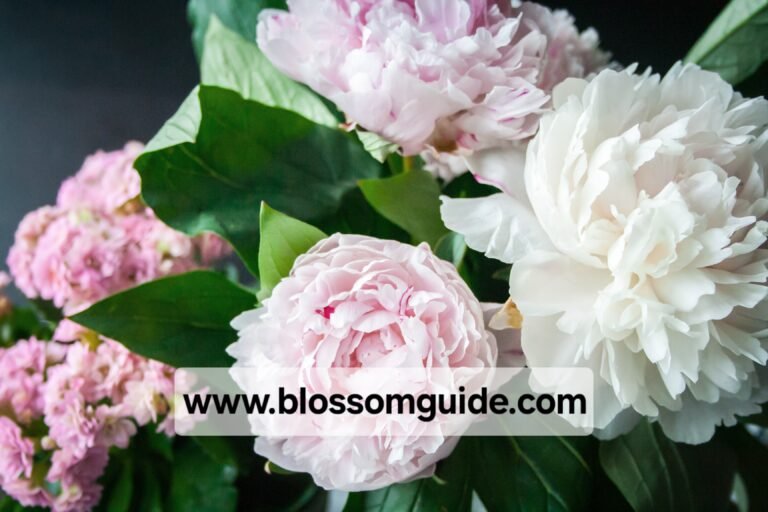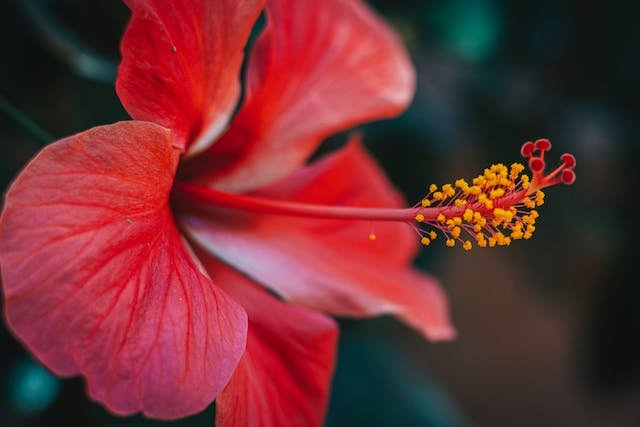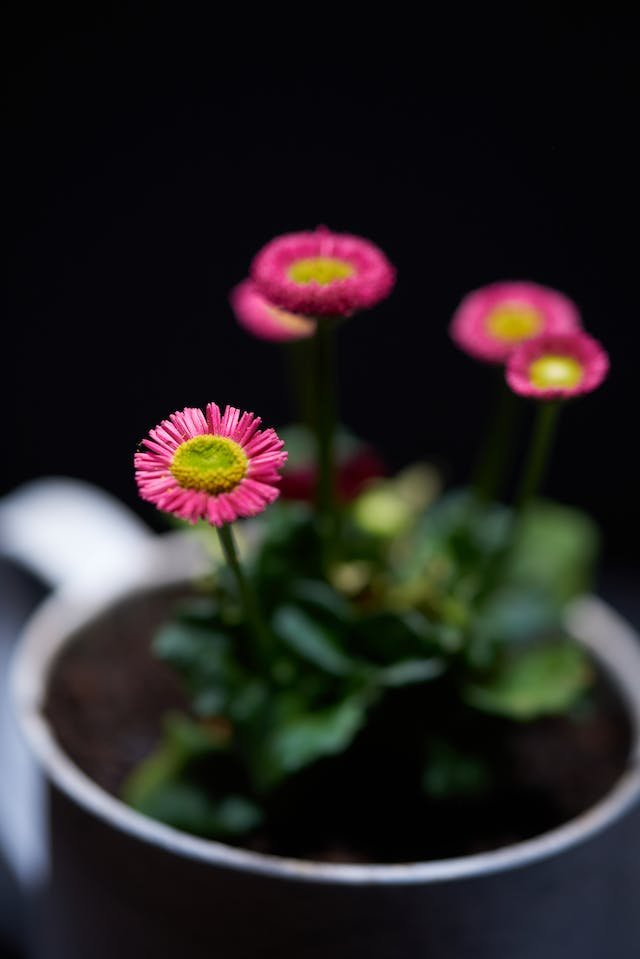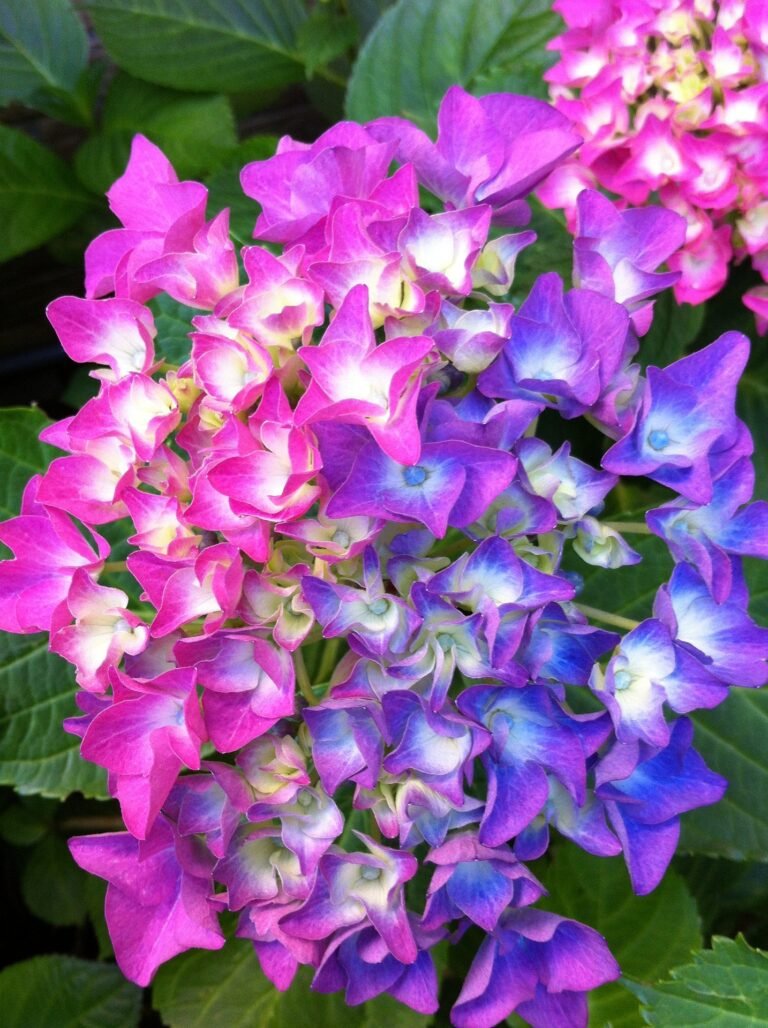The Rosy Chronicles: 10 Delightful and Unexpected Rose Facts
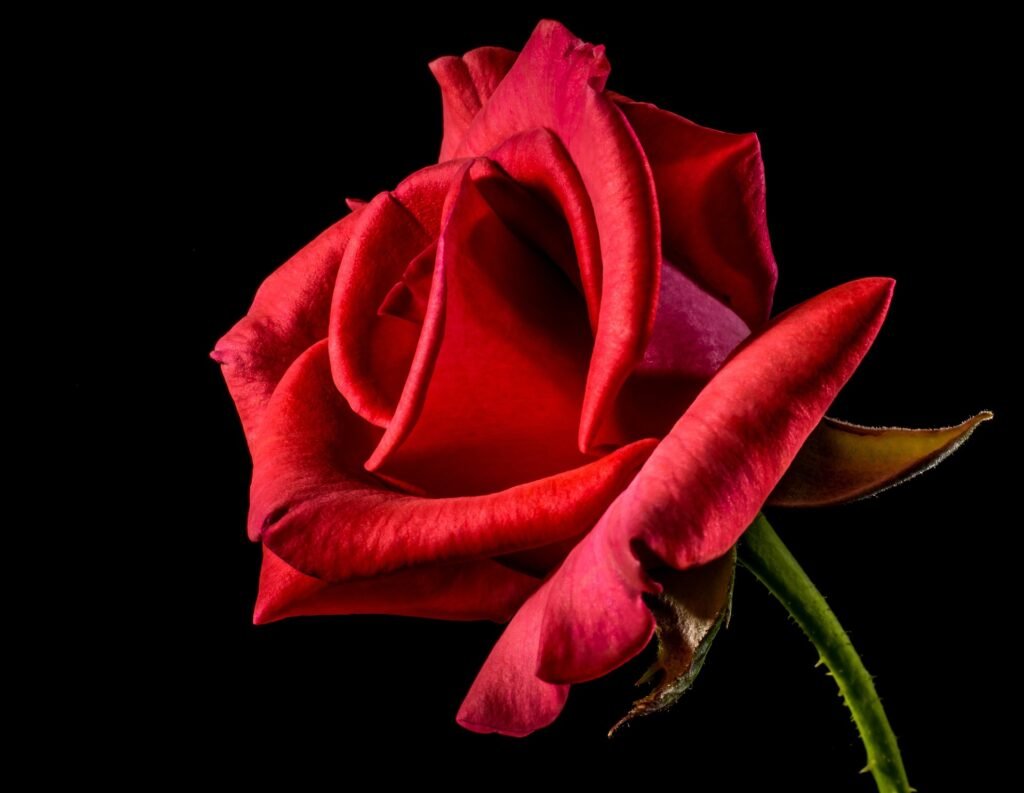
Here are 10 lesser-known fun facts about roses:
- Ancient Beginnings:
- Fun Fact: Roses have been around for a long time. Fossil evidence suggests that roses are around 35 million years old, making them one of the oldest flowers in existence.
- Symbol of Silence:
- Fun Fact: In ancient Rome, a rose hung from the ceiling of a room indicated that discussions that took place in that room were to remain confidential. This is the origin of the phrase “sub rosa,” meaning under the rose.
- Rose Hips and Vitamin C:
- Fun Fact: Rose hips, the fruit of the rose plant, are rich in Vitamin C. During World War II, people in Britain made rose hip syrup as a Vitamin C supplement when citrus fruits were scarce.
- Fragrance Variety:
- Fun Fact: Different varieties of roses have distinct fragrances. Some roses exude a strong, sweet scent, while others have a more subtle or spicy fragrance.
- Blue Roses:
- Fun Fact: Naturally occurring blue roses don’t exist. Blue roses were genetically engineered and first created in 2004 using a combination of genetic modification and traditional breeding methods.
- Thorns Are Modified Stems:
- Fun Fact: The thorns on rose stems are actually modified stems, not true thorns. They serve the purpose of deterring herbivores from consuming the plant.
- Rose Varieties in China:
- Fun Fact: China is home to a diverse array of rose species. The country is known for having over 3,000 varieties of roses, making it a significant contributor to the world of rose cultivation.
- Rose Fossils in Colorado:
- Fun Fact: Fossilized roses were discovered in Colorado, dating back about 35 million years. These fossils provide valuable insights into the evolutionary history of roses.
- Rose Nectar for Butterflies:
- Fun Fact: Roses produce nectar that attracts butterflies. While the primary purpose of nectar is to attract pollinators, it also serves as a food source for butterflies.
- Rose Meanings in Victorian Language of Flowers:
- Fun Fact: During the Victorian era, the language of flowers, or “floriography,” was popular. Different colored roses conveyed specific meanings. For example, a yellow rose symbolized jealousy, while a white rose represented purity.
These lesser-known facts add depth to the rich history and botanical significance of roses, showcasing their fascinating characteristics and cultural importance.


